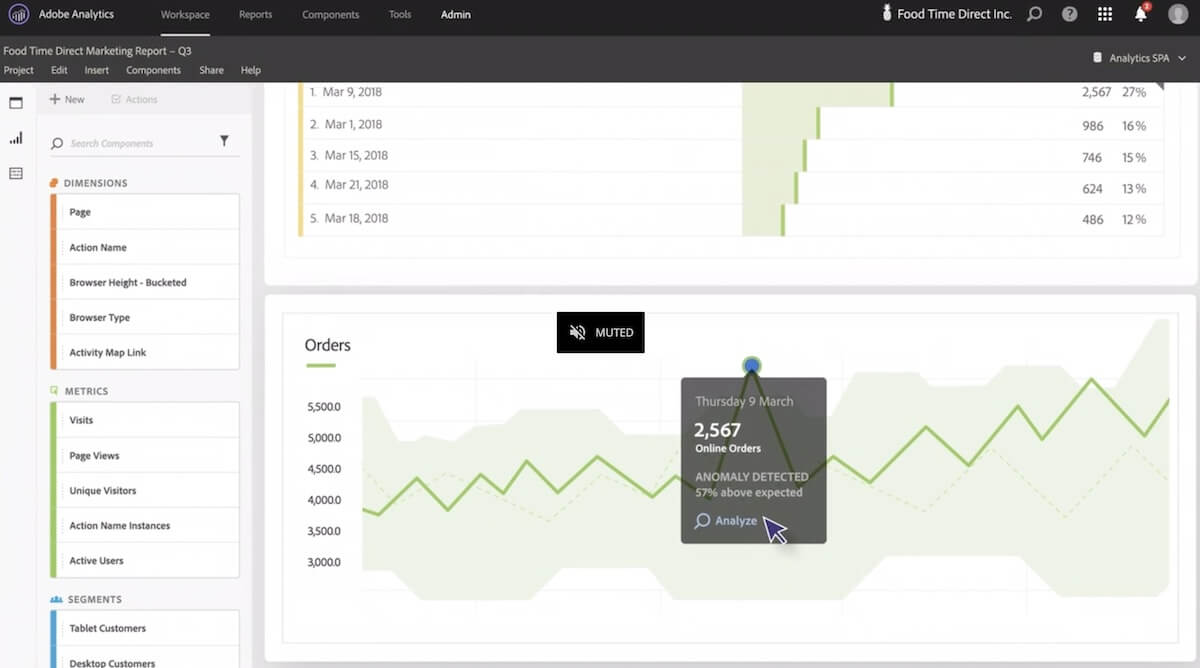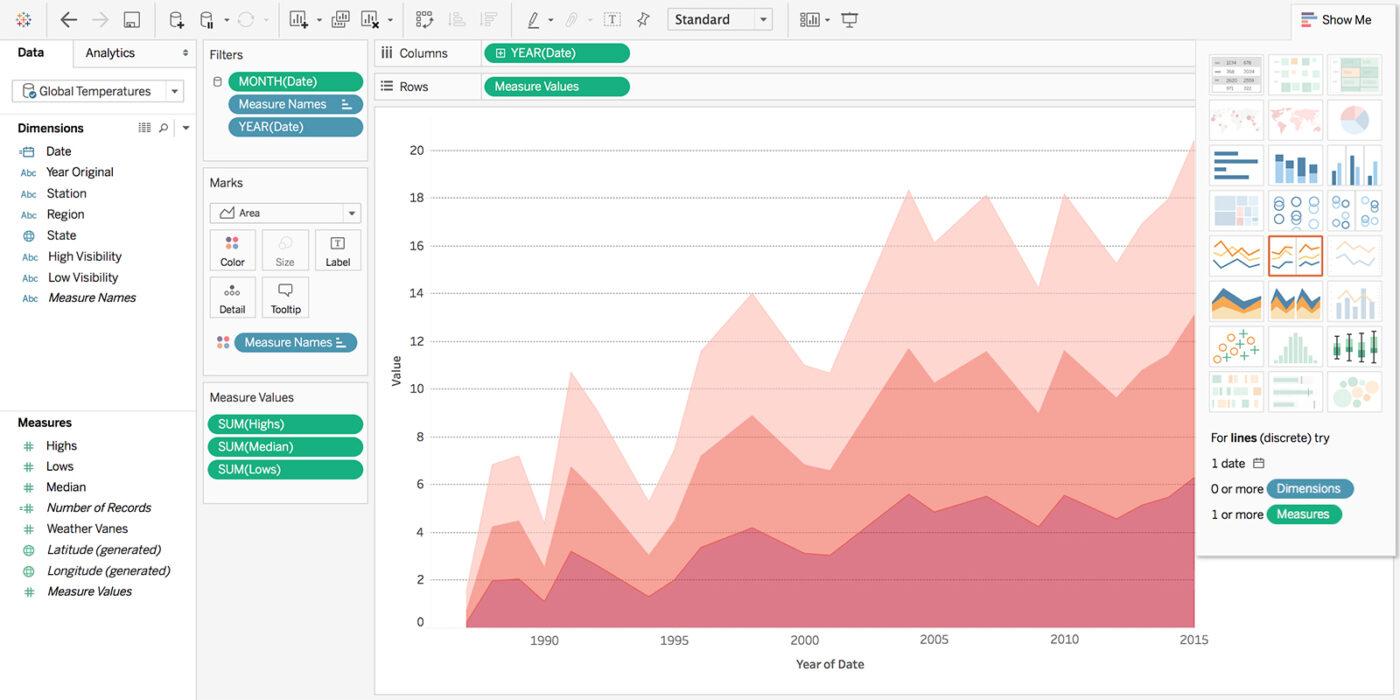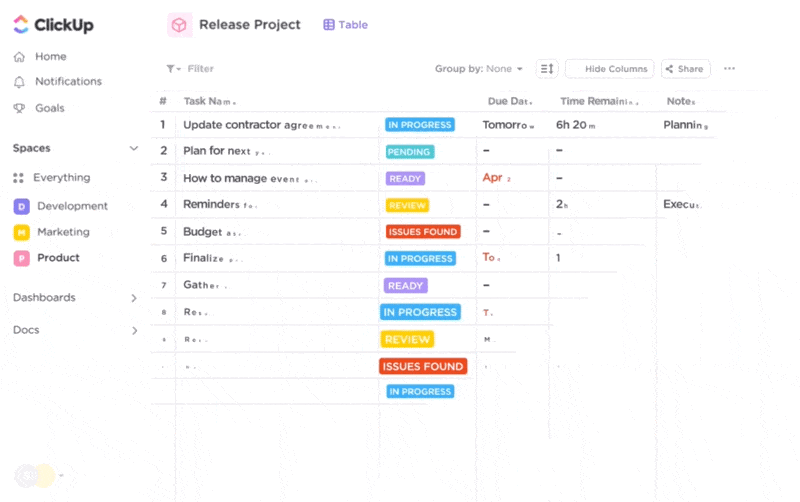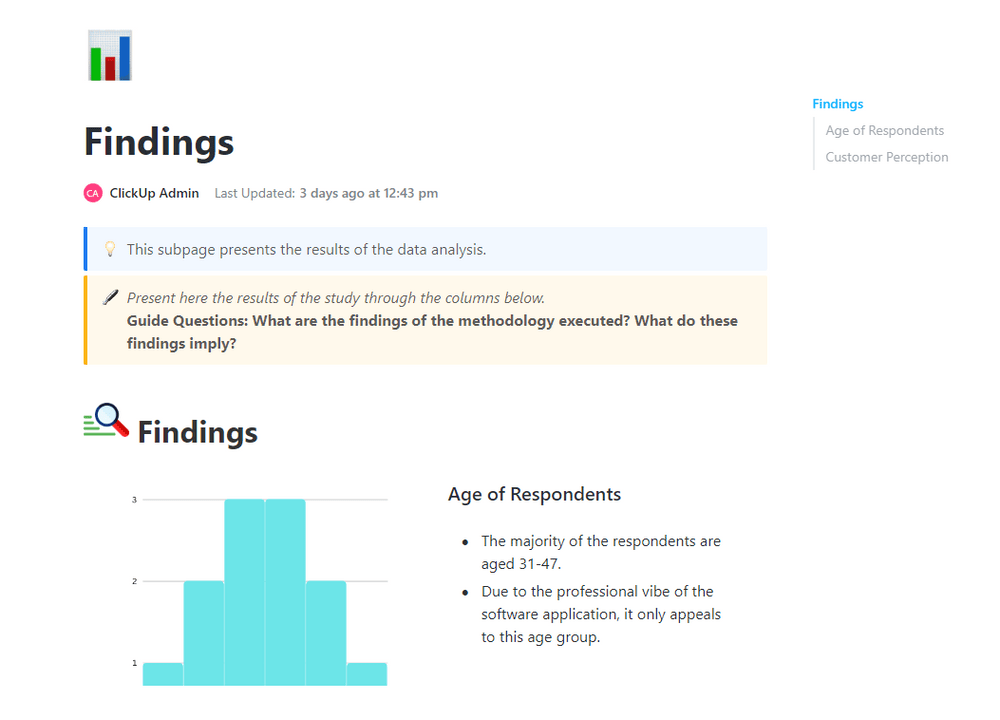Top 10 Predictive Analytics Software to Make Data-Driven Decisions

Sorry, there were no results found for “”
Sorry, there were no results found for “”
Sorry, there were no results found for “”
Business has always been a risky affair, a playground for mavericks and daredevils. And while everything about it—from trade routes and legalities to entire industries—changed over time, the risk element remained the same. We simply do not know what the future holds and have to factor in that uncertainty when making our moves.
However, new predictive analytics software solutions use artificial intelligence (AI) and machine learning (ML) to predict everything from consumer demand and workforce productivity to unforeseen economic events. These insights allow businesses to make decisions based on historical data and trends, taking part of the inherent risk out of the equation. ?
In this article, we’ll look at the top 10 predictive analytics software you can use to make better-informed decisions and manage risk. Let’s begin!
Here’s what you should look for when choosing your predictive analytics software:
Since the market is flooded with predictive analytics tools, finding the one that matches your needs is often a herculean task. Luckily, we’ve done the research for you and compiled a list of the 10 best predictive analytics tools that allow you to tap into your data to detect precious trends and patterns. ?

SAP Analytics Cloud helps enterprises plan, budget, and forecast, eliminating the need for separate applications for each function. Its scenario-planning functionality allows you to create budgets and plans based on simulated what-if scenarios.
With its collaboration features, you can discuss plans with your team members. Its powerful data visualization features help you easily understand your scenarios and plans. ?
Finally, it also has pre-built business content based on various best practices. This content serves as a decision-making template or a starting point for your scenario planning, thus accelerating the pace at which you can build your plans and forecasts.

Amazon QuickSight is a business analytics platform that is part of the Amazon Web Services (AWS) umbrella. Its predictive analytics functionality allows you to create forecasts based on multiple what-if scenarios, and it’s smart enough to exclude data anomalies automatically. ?
The generated forecasts can also be plotted on any graph, which can be embedded into your analyses. You can then display your analyses with forecast graphs on custom project dashboards if you want to monitor them constantly.
Another major highlight of Amazon QuickSight is a feature called Q, which refers to its support of Natural Language Query (NLQ). The Q functionality lets you fetch data-driven insights from the platform by asking questions just as you’d ask a human.
*Pricing for authors/admins refers to the annual billing model

Oracle Analytics stands out among predictive analytics tools because it can be deployed in three ways: on the cloud, on-premise, or in a hybrid (i.e., cloud+on-premise) manner. It allows you to build and train your own predictive models using various machine-learning algorithms built into the platform.
The platform also has rich data visualization features. You can create customized dashboards with charts, heat maps, custom image maps, and 42 other types of visual components to see your predictions just as you’d like to. ?

Adobe Analytics is a part of the Adobe Experience Cloud suite of marketing and web analytics tools. Therefore, its predictive analytics functionality is naturally geared more towards marketing campaigns and teams. It can fetch data from all your connected customer traffic and analytics sources and then process it through its predictive models to provide actionable insights into your marketing campaigns.
The platform’s Contribution Analysis functionality helps you understand the impact of various factors on unforeseen and unpredictable events, such as an unexpected spike in your traffic. The Intelligent Alerts feature, on the other hand, notifies you of detected anomalies and other critical factors.
Finally, Adobe Analytics’ intuitive dashboards make it easy to digest all the data and insights generated and presented by the platform.

IBM has many analytics solutions catering to various business needs, and Cognos Analytics is one of them. By combining predictive analytics and AI, this tool is as rich and sophisticated in features as it’s easy to use. Its natural language query assistant lets you generate forecast graphs and other visualizations by simply asking for them.
You can import your data from both on-premise and cloud-based data sources. With AI-assisted data preparation, your datasets are cleaned of anomalies and prepared for effortless model training and analyses.
Finally, its dynamic, interactive dashboards allow up to five users to access forecasts simultaneously. The forecasts and visualizations shown in a dashboard can also be shared with your teammates via email or Slack.

Alteryx is a popular data analytics platform offering a range of tools for manipulating and analyzing data. The product specifically designed for automating data preparation and predictive analysis is called Alteryx Analytics Cloud, which offers predictive analytics capabilities through its Machine Learning solution.
The first step is uploading your data, which the platform assesses to determine data health and detect anomalies. If data health is not up to the mark, Alteryx can suggest improvements. ?
The prepared data is then analyzed to detect hidden patterns or correlations between various columns in your dataset. You can select the target column for which you want the predictions made, and Alteryx automatically suggests suitable machine-learning methods for your model. Multiple predictive models are then generated based on the method you select.
Once you run a model, the modeling process completes. You can evaluate your model’s performance on holdout data or simulated what-if scenarios before exporting or deploying it within Alteryx.
Machine Learning solution, which contains the predictive modeling functionality, is sold separately as an add-on—pricing available only on request

IBM Watson Studio is part of the same IBM Analytics Suite that includes another contender on this list, Cognos Analytics. It’s an integrated development environment (IDE) for building AI models of any kind, including predictive analytics models. Its machine-learning functionality automatically discovers hidden patterns and correlations in your data. At the same time, automated data validation helps minimize the risks by detecting anomalies. ?
Watson Studio’s drag-and-drop visual modeling interface allows you to design the workflow of your model in a no-code environment. Support for natural language processing makes it easy to describe what you want your predictive analytics model to do, significantly increasing the speed and accuracy of building new models.
You can also import models created on other AI platforms into Watson Studio’s environment for easy management. Thanks to Rest API integration with different cloud environments, your models created in Watson Studio can be pushed to applications hosted on other cloud platforms.

Altair provides predictive analytics through its Altair Knowledge Studio, but the functionality is also included in the full-service Altair One platform. Its key highlight is its patented technology, Strategy Trees, which allows you to combine your business knowledge with predictive modeling results to build prescriptive models.
In other words, the platform lets you define, as per your experience and knowledge, what you want the model to do in different scenarios. It also has a wizard-driven interface to guide you throughout the journey of creating the model and a visual workflow designer to design the model’s workflow.
Once you have generated your model, you can deploy it within the Altair platform or export it as code for deployment on other platforms.

Databricks is a data intelligence platform that combines data and AI tools to deliver a solution that can be used in multiple scenarios, including developing predictive analytics models.
While Databricks doesn’t have native predictive analytics algorithms and other required capabilities, it integrates with other machine learning libraries (i.e., Apache Spark MLlib) and frameworks (i.e., MLflow) to provide a platform to build your predictive analytics models.
Some of its key features include Notebooks, which allow explorative data analysis in a visualized manner, and NLP support, which lets you build predictive models by providing instructions in your natural language. Plus, it can integrate with all popular cloud environments and even many of your cloud-based business apps and services.

Tableau is a powerful data visualization and analytics platform that uses linear regression models to generate predictions and discover hidden patterns in your data.
Building a predictive model is a quite simple, three-step process that involves:
Once you have completed these three steps, Tableau will take it from there and build your predictive model on its own. ?️
Tableau caters to the needs of both technical and non-technical users. The former can enter the syntax for their desired model directly for building. And for the latter, there are many data visualization options and a wizard-like workflow.
Platforms with predictive analytics and modeling functionality allow you to look at the past to foresee the future. However, these platforms can fall short when visualizing the generated predictions and forecasts or taking full advantage of them in your work. That’s where a platform like ClickUp comes into the picture.

ClickUp is a capable 360° work management platform that comes with powerful data visualization tools to help you make sense of the forecasts made by your predictive model. With custom Dashboards, dozens of chart types, and unique reporting tools and templates, ClickUp makes your predictions understandable to all team members and stakeholders.
It can integrate with any of your predictive analytics tools, including the platforms listed above, to fetch and visualize the data from them.
Here are some ways ClickUp can help you deal with your predictive analytics data.
The ClickUp Dashboards feature allows you to set up stunning, dynamic, and fully tailored control centers with Custom Cards, using the data of your choice. The data displayed on cards is updated in real time, and you can share them with your team members so they can easily see how certain things will change in the near future. ?
For instance, you can create a Dashboard showing demand forecast data and share it with production team members so they know when to expect a potential demand spike.

ClickUp also sets you up with pre-designed but completely customizable templates for analysis. Use them to create comprehensive reports for data fetched from your predictive analytics applications. The reports can be shared effortlessly with your team members or stakeholders within the ClickUp interface, saving you plenty of time.
We recommend the ClickUp Data Analysis Report Template to quickly create a professional, sharable report for your investors, highlighting your growth in a fiscal year and future growth projections based on historical data.
Or, if you are a marketer, you can use the ClickUp Analytics Report Template to present various aspects of your website traffic to the team leader or management.

*All listed prices refer to the annual billing model
Predictive analytics tools are helping businesses elevate their risk management game. By eliminating the guesswork and biases inherent in human nature, they allow you to plan and act based on predictive insights. This leads to improved resilience against unforeseen events and increases productivity and efficiency. ⏩
If you want to ensure that you’re using advanced analytics to their full potential, get the help of a comprehensive productivity and project management platform like ClickUp.
Get a holistic overview of your data and forecasts with ClickUp Dashboards, or use pre-made templates to create easily understandable reports for your stakeholders. Sign up to start exploring today! ?
© 2025 ClickUp